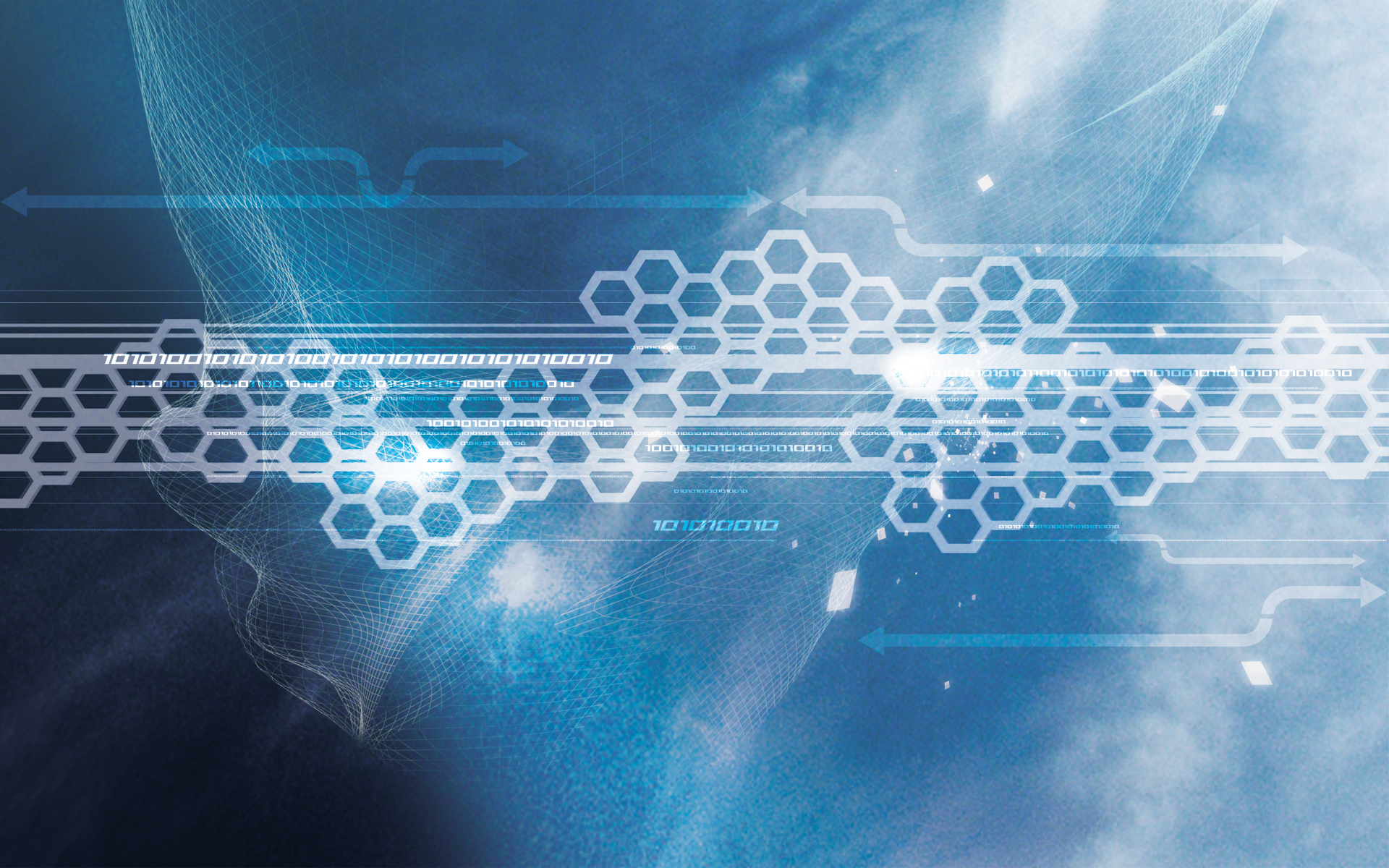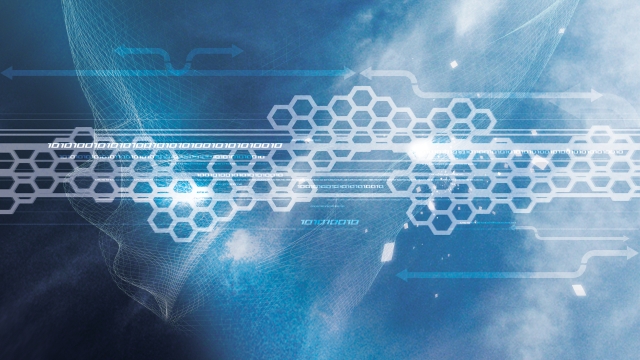
Deepfake technology has taken the world by storm, blurring the lines between reality and fiction like never before. With its uncanny ability to seamlessly superimpose one person’s face onto another’s, it has raised concerns about misinformation and privacy on an unprecedented scale. Deepfake videos, photos, and even audio recordings have the power to manipulate our perceptions, creating a virtual mirage that challenges our ability to discern what is genuine and what is manufactured.
Driven by advances in artificial intelligence and machine learning, deepfake technology has evolved rapidly in recent years. What was once a niche technique used primarily by tech enthusiasts and filmmakers has now become accessible to the masses, thanks to user-friendly tools and apps. This accessibility has brought both potential for creative expression and alarming dangers, as deepfakes can be easily used to deceive, coerce, or defame individuals with fabricated content that appears strikingly realistic. The rapid spread of misinformation through deepfakes poses a significant threat to public trust, making it crucial for us to understand and navigate this digital landscape with caution.
As we delve deeper into the world of deepfakes, we will explore the ethical dilemmas they present and the potential impact they could have on various industries and society as a whole. From the political arena to entertainment, the implications are far-reaching. Join us as we uncover the intricate workings of deepfake technology and peel back the layers of this digital phenomenon.
Understanding Deepfake Technology
Deepfake technology refers to the advanced artificial intelligence (AI) technique that enables the creation of highly realistic manipulated videos and images. With the rapid advancements in machine learning algorithms, deepfake technology has become increasingly accessible and sophisticated. It allows users to swap faces, impersonate voices, and even alter entire appearances in a way that is difficult to discern from reality.
The core concept behind deepfake technology lies in its ability to generate convincing visual and auditory content by leveraging powerful neural network models. By training these models on vast amounts of data, such as images and videos of a specific person, the AI algorithm learns to mimic their movements, expressions, and speech patterns. This enables the algorithm to seamlessly blend the desired characteristics onto a target individual, creating a deepfake.
The implications of deepfake technology are far-reaching and have raised significant concerns in various domains. From a societal standpoint, the potential misuse of deepfakes for spreading disinformation, defamation, and propaganda poses a significant challenge. Identifying deepfakes has become increasingly difficult as the technology continues to evolve, leading to potential trust issues in the digital realm.
Despite the potential negative consequences, deepfake technology also offers promising applications in areas such as entertainment, visual effects, and research. It has facilitated realistic face replacements in movies, allowing actors to portray characters that would otherwise require extensive makeup or prosthetics. Moreover, deepfake technology has proven useful in academic and scientific fields for generating realistic simulations and generating training data for machine learning algorithms.
As deepfake technology continues to evolve, it is crucial for society to address the ethical concerns and develop robust detection methods to combat misinformation. Safeguarding against the malicious use of deepfakes requires a collaborative effort from researchers, policymakers, and technology companies to ensure the responsible deployment of this transformative technology.
Applications and Implications of Deepfakes
In recent years, deepfake technology has rapidly gained both attention and notoriety. As the capabilities of this technology continue to advance, its applications and implications are becoming increasingly significant. From entertainment to politics, deepfakes have the potential to reshape various aspects of our lives.
One main application of deepfakes lies within the realm of entertainment. With the ability to seamlessly swap faces and voices, filmmakers and content creators can now bring deceased actors back to the screen or create entirely new characters with the likeness of real individuals. This technology opens up a whole new world of storytelling possibilities and can enhance the immersive experience for audiences.
However, the implications of deepfakes extend far beyond the entertainment industry. One concerning aspect is the potential for misuse and exploitation. Deepfake technology can be misused to spread disinformation and manipulate public opinion. Political leaders and public figures could be portrayed saying or doing things they never actually did, leading to confusion, distrust, and social unrest. The ability to create convincing fake videos also poses a serious challenge to journalism and media credibility.
Moreover, the rise of deepfakes raises significant ethical and legal concerns. Deepfake technology makes it increasingly difficult to differentiate between real and fake content, potentially undermining trust in visual evidence. Issues related to privacy and consent also come into play, as someone’s likeness can be used without their permission, resulting in harm to their reputation or personal life.
In conclusion, the applications of deepfake technology are vast, ranging from entertainment to potential societal implications. While it offers exciting creative possibilities, the risks and ethical challenges associated with deepfakes cannot be ignored. As this technology continues to evolve, it is vital for society to establish guidelines and regulations to ensure its responsible and ethical use.
Addressing the Challenges of Deepfake Technology
Deepfake technology presents a myriad of challenges that need to be addressed as we navigate through the digital era. One of the foremost concerns is the potential misuse of this technology for malicious purposes. In the wrong hands, deepfakes can be used to spread misinformation, manipulate public opinion, and damage reputations. It is crucial for us to establish robust mechanisms and regulations to combat such misuse and prevent the erosion of trust in digital content.
Another significant challenge is the potential impact on privacy and consent. Deepfake technology allows the manipulation of individuals’ faces, voices, and even entire identities without their knowledge or permission. This raises serious ethical questions regarding consent and the boundaries of personal privacy. Stricter laws and guidelines are needed to safeguard individuals’ rights and protect them from the unauthorized use of their likeness.
Furthermore, the rapid advancements in deepfake technology necessitate the development of effective detection methods. As deepfakes become more sophisticated, distinguishing between real and manipulated content becomes increasingly difficult. Investing in research and development of robust detection algorithms is crucial to stay one step ahead of those who seek to exploit this technology for malicious purposes.
To conclude, the rise of deepfake technology brings forth numerous challenges that require immediate attention. By addressing the potential misuse, privacy concerns, and investing in detection methods, we can mitigate the negative consequences associated with deepfakes. It is imperative that we foster a collaborative effort among policymakers, technology companies, and society as a whole to ensure the responsible use of this powerful yet potentially dangerous technology.
